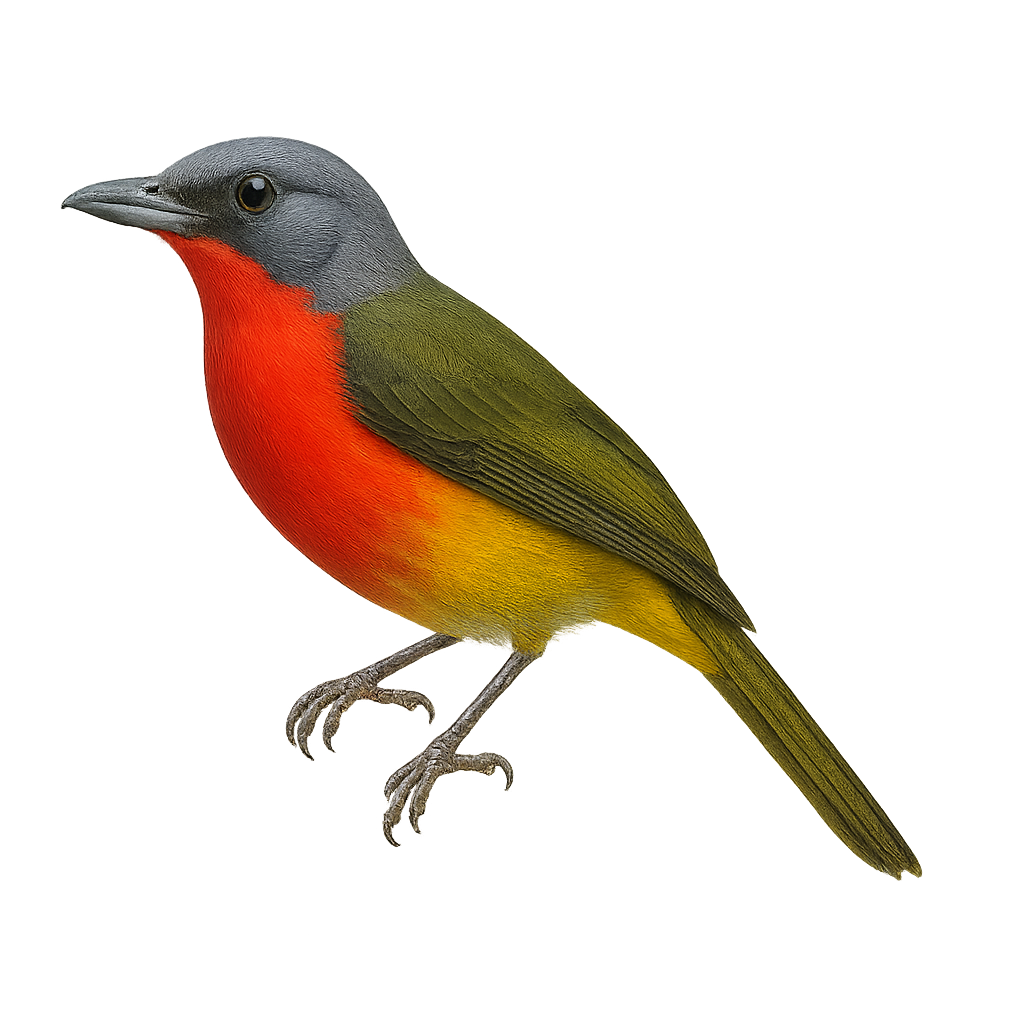Your wildlife photography guide.
Explore the fiery-breasted bushshrike in detail, study its behavior, prepare your shots.
Where to observe and photograph the fiery-breasted bushshrike in the wild
Learn where and when to spot the fiery-breasted bushshrike in the wild, how to identify the species based on distinctive features, and what natural environments it inhabits. The WildlifePhotographer app offers tailored photography tips that reflect the fiery-breasted bushshrike’s behavior, helping you capture better wildlife images. Explore the full species profile for key information including description, habitat, active periods, and approach techniques.
Fiery-breasted Bushshrike
Scientific name: Malaconotus cruentus

IUCN Status: Least Concern
Family: MALACONOTIDAE
Group: Birds
Sensitivity to human approach: Suspicious
Minimum approach distance: 10 m
Courtship display: October to November
Incubation: 15-17 jours
Hatchings: October to December
Habitat:
Tropical rainforests, wooded savannas
Activity period :
Primarily active during the day, with peak activity in the morning and late afternoon.
Identification and description:
The Fiery-breasted Bushshrike is a bird with vibrant plumage, primarily bright red on the chest and belly, contrasting with an olive-green back. This passerine, belonging to the Malaconotidae family, is known for its melodious and powerful song. It primarily inhabits the humid tropical forests of Central and West Africa, where it feeds on insects and small invertebrates. Although discreet, it can be observed in pairs or small groups. Its ability to blend into dense foliage sometimes makes it difficult to spot. Its conservation status is currently stable, but deforestation could threaten its habitats in the future.
Recommended lens:
400 mm – adjust based on distance, desired framing (portrait or habitat), and approach conditions.
Photography tips:
To photograph the Fiery-breasted Bushshrike, it is advisable to use a 400mm or longer telephoto lens to capture detailed images without disturbing the bird. Look for it in tropical rainforests, where it often blends into the foliage. Be patient and discreet, as this bird is suspicious. Use a tripod to stabilize your camera and wait for it to perch on an open branch to get the best possible shot.
The WildlifePhotographer App is coming soon!
Be the first to explore the best nature spots, track rutting seasons, log your observations, and observe more wildlife.
Already 1 439 wildlife lovers subscribed worldwide

